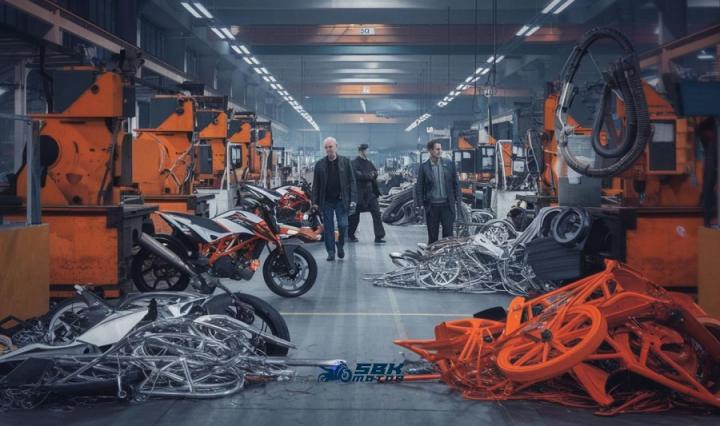

Motorcycle Engine Displacement (CC): Understanding the Advantages and Disadvantages of Higher Engin
Motorcycle engine displacement typically represents the cylinder volume expressed in cubic centimeters (CC). This measurement specifies the total volume of the cylinders inside a motorcycle's engine. For instance, a 500 CC motorcycle indicates that the total volume of all cylinders is 500 cubic centimeters. Engine displacement is a crucial factor in determining a motorcycle's performance and power. Higher engine displacement generally translates to more power and performance. However, it is essential to consider other technical factors when making such evaluations.

The Relationship between Engine Displacement and Performance:
Motorcycle engine displacement is commonly associated with the generalization that higher volume implies more power and performance. While this is true, there are several other factors that impact performance. Factors such as cylinder arrangement, fuel injection, valve configuration, and other technical specifications influence the overall performance of a motorcycle.
Engine Displacement and Fuel Efficiency:
Higher engine displacement is often associated with higher power, but it also affects fuel consumption. Larger engines typically consume more fuel. Therefore, buyers seeking enhanced performance should also consider fuel economy.

Advantages and Disadvantages of High Motorcycle Engine Displacement (CC):
Advantages:
High Power and Performance:
Motorcycles with higher CC engines generally produce more power, resulting in faster acceleration and the ability to travel at higher speeds.
Dynamic Riding Experience:
A larger engine displacement can offer a more dynamic and impressive riding experience, providing users with a sportier and powerful feel.
High Carrying Capacity:
Typically, motorcycles with higher CCs offer more carrying capacity. This can increase the capacity to carry a rider, passenger, or additional cargo.
High Torque:
Higher engine displacement is often associated with higher torque. Increased torque provides more effective acceleration and power.
Disadvantages:
Fuel Consumption:
Motorcycles with higher CCs generally consume more fuel, resulting in lower fuel efficiency.
Weight:
Motorcycles with higher CCs are often heavier due to their larger engines. This can reduce maneuverability, especially at low speeds or during stops.
Initial Cost and Insurance Fees:
Motorcycles with higher CCs typically have higher initial costs, and insurance fees are often higher as well.
Difficulty in Control at High Speeds:
Motorcycles with higher CCs may require more control at high speeds, which can be a disadvantage depending on the rider's experience and skill level.
In conclusion, the advantages and disadvantages of motorcycle engine displacement should be evaluated based on factors such as user preferences, intended use, and riding skills. While engine displacement is a significant criterion for assessing performance, it should be considered alongside other technical specifications for a more comprehensive evaluation. This approach helps buyers make more informed decisions when purchasing a motorcycle.






















































